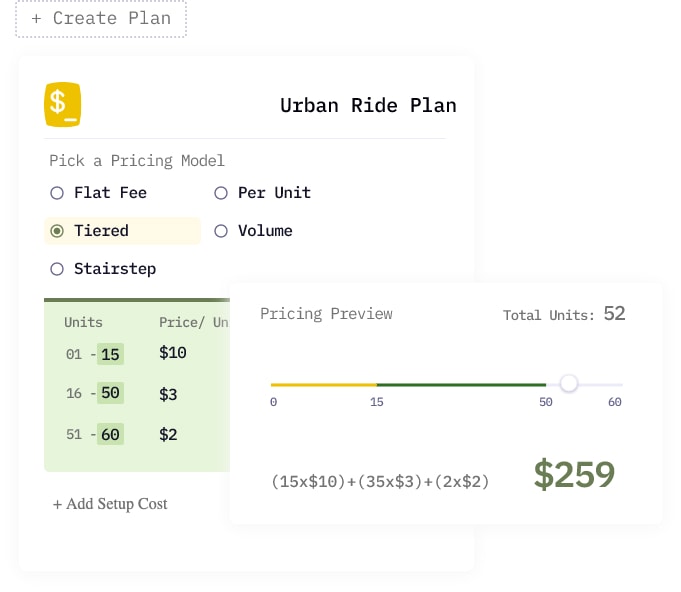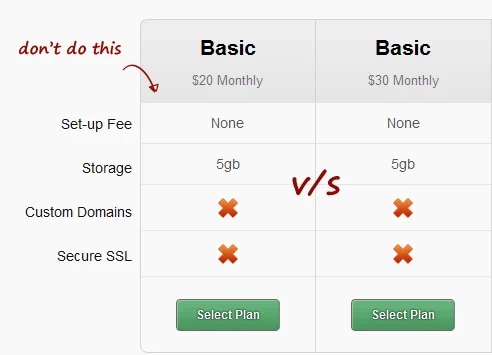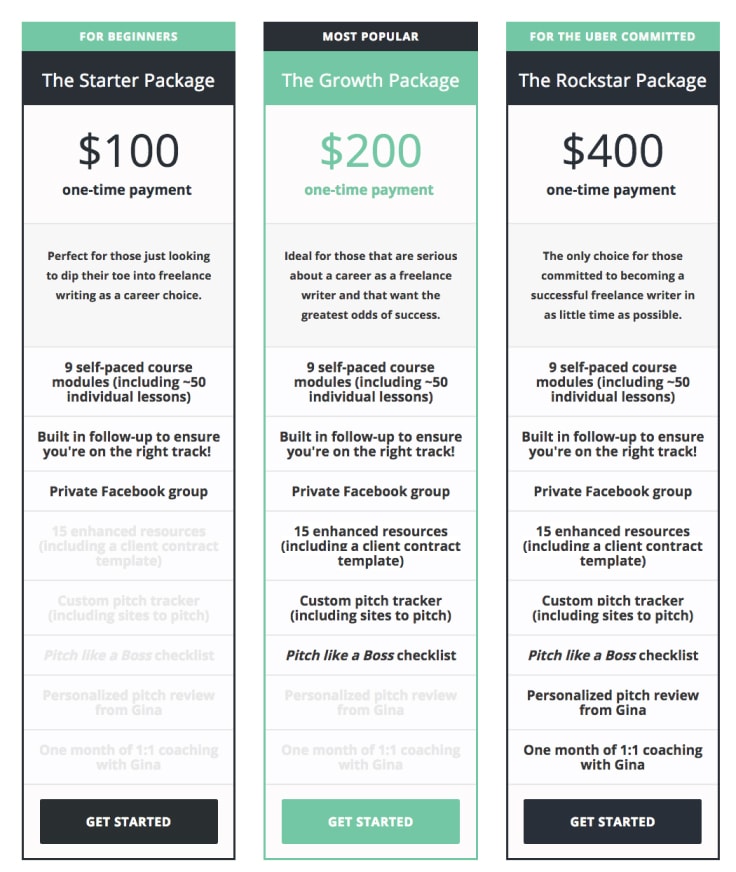Pricing is one of the deciding factors that can make or break your customer’s commitment to your business. That’s why, if you’re not evaluating and iterating your pricing often, you’re leaving money on the table.
Moreover, pricing subscriptions is a different ball game altogether. It can be a tricky task to fine-tune pricing, keeping customer acquisition and retention in mind. So how do you find that perfect pricing sweet spot?
That’s where pricing experiments come in. As Yoav Shapira rightly says, “#1 tip for pricing strategy is to treat it as an experiment.”
This article will outline the importance of pricing experiments, essential things to keep in mind, and types of pricing experiments you can run for your subscription business with examples.
Let’s dive in, shall we?
Why are pricing experiments important?
Impact on Revenue
Pricing experiments can have a significant impact on the revenue of your business. Rolling out new price points and discounts can help you understand what combination of pricing, plan lengths, and promotions lead to loyal customers and well, higher revenue!
Superfoods Company grew their revenue by 4x by leveraging rapid pricing experiments and a robust subscription billing engine.
Shifting Landscapes
The market and your customers are constantly evolving. Pricing decisions that you took last year may longer be relevant. For example, the pandemic was a very challenging time for sectors like travel and hospitality while others like eCommerce, OTT, and e-learning boomed. Customer preferences have shifted owing to the digital transformation. Pricing experiments will help you navigate these changing landscapes and find the sweet spot to serve your customers right.
One size does not fit all
If your target market consists of various segments, you should have a unique pricing strategy for each segment. If you’re a B2B subscription business, your target market may consist of startups as well as enterprises. The cookie-cutter pricing strategy won’t work in this case. If you’re a B2C subscription business, you can segment consumers in various ways, such as demographics, income, or location. This will lead to focused pricing on particular segments.
Customer engagement and retention
Customers often switch to alternatives because of pricing. Staying on top of your pricing can go a long way in engaging your customers and building long-term associations. If your suspect churn for a particular segment, running experiments with attractive discounts may help curb churn.
Things to keep in mind with pricing experiments
Now that you know the importance of pricing experiments, let’s look at some points to consider
Identify all the revenue opportunities
The beauty of the subscription business model is that apart from recurring revenue, there are other possible revenue opportunities that you can optimize. Before you start running pricing experiments, it’s essential to identify all these revenue opportunities, such as add-ons, set-up fees, discounts, and custom pricing models. It will ensure you refine and capture these opportunities in your experiments. It would help if you also tracked the MRR generated by each of these components.
Break Down Your Subscription Workflow
It is always great to know your subscription workflows in and out as it helps you identify possible leaks in the workflow. When you run pricing experiments, start with a goal such as driving acquisition, optimizing retention, enabling the expansion, or optimizing cash flow. Depending on your goal, you need to focus on a different part of your subscription workflow and run experiments to optimize that.

Build pricing that adapts
Competitor pricing is one of the important factors considered when finalizing your pricing strategy. You can deploy competitive pricing intelligence tools such as Prisync to gain insights that you can use to build adaptable pricing. It is also crucial to test each of your pricing plans with various pricing models, such as flat, volume, and tiered pricing. Experimenting with different combinations of models can help you find the sweet pricing spot that works best for your customers.

De-risk pricing changes
There’s always some risk that comes with pricing changes and experiments. Pricing experiments with your existing customers can hamper your customer relationship at times, and they may lose trust in your business.That’s where the ‘grandfathering clause’ comes in. Grandfathering allows you to retain old pricing plans for existing customers, while new plans can be applied to the new customers.
And with that, you are all set to run pricing experiments for your subscription business!
Types of Pricing Experiments
There are various types of pricing experiments. The exact structure you follow for your business may vary, but here are some tried-and-true pricing experiments you can run:
A/B testing
As the name suggests, A/B testing consists of dividing your audience into groups to test different pricing versions. A/B testing for pricing is an excellent way to figure out the most optimum price required to maximize revenue. It is also a way for you to test the price sensitivity of your target market.
However, A/B testing does not mean that you can offer the same product for different prices. That’s illegal and can land you in a lot of trouble.

Instead, the right way to go about this would be to test different prices on different products/plans. The aim here is to optimize revenue, not conversions. That way, you will understand which price point adds more revenue.
Price Bundling
Price bundling is when you offer two or more products/services together for a price instead of offering them separately for individual prices. The right bundle can help increase your overall sales while lowering your marketing costs.
Here’s an example of price bundling by Blue Apron, which lets consumers decide meal kits for 2 or 4 members with 2 or 3 recipes.

When running bundling experiments for your subscription businesses, ensure that you clearly state the value provided by bundles and highlight what your customers’ savings will make if they choose a bundle.
Price bundling is a great way to simplify purchase decisions for your customers while lowering your customer acquisition costs.
Price Anchoring
Price anchoring, just as it sounds, is a process of anchoring a price point that customers can refer to when comparing and making a purchase. Price anchoring is based on the psychological principle of perception. Expensive or inexpensive are relative terms, and providing an anchor to your pricing may provide a frame of reference for your customers. The easiest way to do this is to have a tiered pricing structure.

In a way, a tiered pricing structure has anchor pricing built right in it. It exhibits the value and price of each plan side-by-side. You can surround the ideal option with higher and lower price options, which act as anchors.
Another way to do this is to use your competitor’s price as an anchor. It’s a risky alternative, as you’re inadvertently driving attention to your competitor’s product as well.
Target market segmentation
This type of pricing experiment can be time-consuming but is very insightful if done right. Your target market is often diverse. You can divide your customers based on:
- Demographics (Age, gender, education)
- Location (urban, suburban, rural)
- Purchase history (newcomers, long-term subscribers)
- Psychographics (vegans, sustainable shoppers)
It is crucial to analyze each of these segments to understand what brings out the most value for them and iterate your pricing accordingly. It will help make your product or service more appealing because the value and pricing mainly cater to them. It also helps in building loyalty and long-term associations with your subscribers.
In Summary
Pricing for eCommerce subscriptions is not an easy task! These pricing experiments will help you test your market’s price sensitivity, help you find the best price to optimize revenue, and identify that pricing sweet spot for your target market.
Happy experimenting!
pricing strategies


Good article